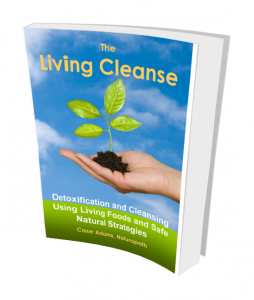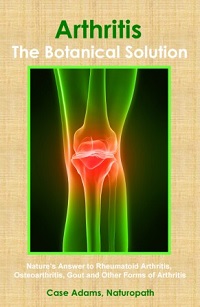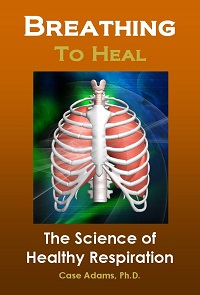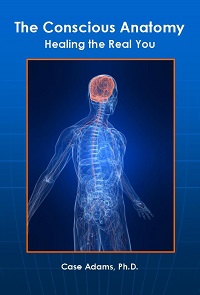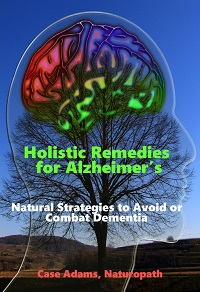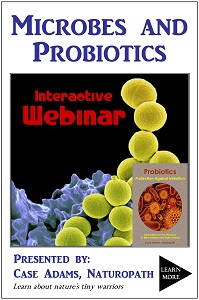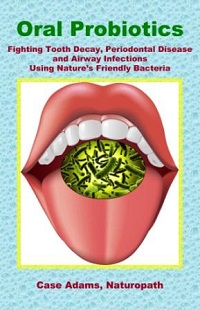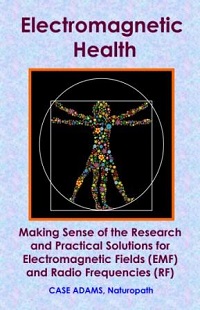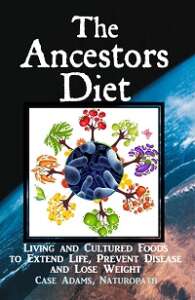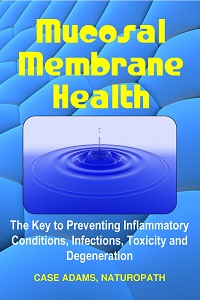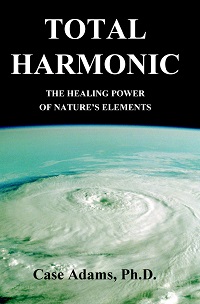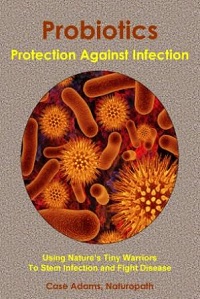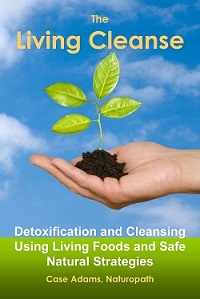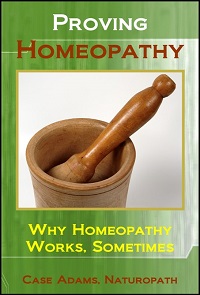Autism Caused by Toxin Exposure in the Womb
A host of studies have confirmed that autism is not linked to vaccination. Toxic exposure while in the womb comes with significantly more evidence, however.
In this article
Toxic environment and autism
A 2011 study from Stanford University School of Medicine found that autism has more to do with environmental factors that from heredity.
This surprised health professionals that assumed that genetic issues were the main factor.
“Autism had been thought to be the most heritable of all neurodevelopmental disorders, with a few small twin studies suggesting a 90 percent link,” UCSF geneticist Neil Risch and an author of the study told CBS News. “It turns out the genetic component still plays an important role, but in our study, it was overshadowed by the environmental factors,” he said.
The study analyzed California health records to find 192 pairs of twins where one of the twins had autism. Both children had autism in 77% of the male identical twins and 50% of the female identical twins. However, 31% of the males and 36% of the females of fraternal twins (not identical) were found in both pairs, indicating that the environment has a lot to do with it.
This confirms findings that umbilical cord testing has shown that the umbilical cord blood of many mothers is tainted by large doses of environmental toxins.
Autism explodes as toxins expand
Autism has grown in frequency among children from about 1 in 10,000 to about 1 in 157 children. While some researchers speculate that much of this is accounted for by increased diagnosis, the growth in diagnosis indicates other factors.
Logically, how could heredity account for this explosion of autism? It is simply too astounding to be explained away so simply.
In 2005, the Environmental Working Group published two studies that found toxins in umbilical cord blood of newborn babies born in the U.S. After screening more than 400 chemicals, 287 toxins were found within the umbilical cord blood of newborns and their mothers. Of these 287 toxic chemicals, 217 were found to be neurotoxins, and 208 have been found to damage growth development or cause birth defects.
These chemicals included polybrominated and polychlorinated dibenzodioxins, mercury, polyaromatic hydrocarbons (PAHs), furans (PBCD/F and PBDD/F), perflorinated chemicals (PFCs), organochlorine pesticides like DDT and chlordane, polybrominated diphenyl ethers (PBDEs), polychlorinated napthalenes (PCNs), polychlorinated biphenyls (PCBs) and many others.
Here are eight chemicals commonly found in children.
Autism studied in autopsy
A study by researchers at University of California-San Diego indicates that autism most likely forms in the womb.
The study, published in the Journal of the American Medical Association, examined brains from six autistic children who had died. The autopsy results were compared with similar non-autistic children.
The autistic children were found to have 67% more prefrontal lobe neurons in their brains than the normal children.
This is important because the bulk of a child’s prefrontal lobe neuron count is produced in the womb. This means that the abnormality related to autism is produced when the baby is in the womb.
Umbilical cord blood evidence
This links toxins in the womb to autism. Studies have shown that umbilical cord blood of mothers can be quite toxic. In 2007, scientists from the Environmental Working Group’s Human Toxome Project found 287 of the 413 toxic chemicals screened in the umbilical cord blood of ten mothers after giving birth. These included industrial compounds and pollutants such as alkylphenols, inorganic arsenic, organophosphates, phthalates, polychlorinated biphenyls (PCBs), volatile and semi-volatile organic compounds, chlorinated dioxins and furans.
The EWC also confirmed that most of us are harboring dangerous toxins. In another study of nine adult participants, blood and urine contained 171 of the 214 toxic chemicals screened. These also included the chemicals mentioned above.
All of these are related to exposure of the various synthetic materials we use, the pollution released into the air by our automobiles and factories, and the toxins released into our waterways by manufacturers and households that use chemicals. All of these contribute to our toxin levels, and it is these toxins that are now implicated in many of the expanding diseases we suffer from – including autism.
Toxic exposure is also consistent with the growing emergence of autism, as autism’s almost-epidemic rise parallels our increased exposure to synthetic toxins in our environment. While autism did exist minimally before the industrial revolution, this can be explained by the use or handling of other pre-industrial-age toxins, such as mercury and lead.
Brain scan evidence
Brain scans of autistic adults and children have also confirmed this overgrowth of the prefrontal cortex. This was illustrated in a recent 60 Minutes report that showed brain scans of the autistic Temple Grandin.
Because the prefrontal cortex is one of the key information-sorting and decision regions of the brain, this overgrowth in the prefrontal cortex explains to many scientists why autistic children often suffer from an overload of sensory information. Their prefrontal regions of the brain are over-developed.
The bottom line is mothers looking out for toxic exposure. This is especially true during pregnancy. But even prior to becoming pregnant as well. That’s because toxins can accumulate in fat cells and other tissues of the body if not eliminated.
Exposure to toxic chemicals is also linked to obesity in kids.
Learn about gentle cleansing and blood purification methods:
Reference
Hallmayer J, Cleveland S, Torres A, Phillips J, Cohen B, Torigoe T, Miller J, Fedele A, Collins J, Smith K, Lotspeich L, Croen LA, Ozonoff S, Lajonchere C, Grether JK, Risch N. Genetic Heritability and Shared Environmental Factors Among Twin Pairs With Autism. Arch Gen Psychiatry. 2011 Jul 4.
Courchesne E, Mouton PR, Calhoun ME, Semendeferi K, Ahrens-Barbeau C, Hallet MJ, Barnes CC, Pierce K. Neuron number and size in prefrontal cortex of children with autism. JAMA. 2011 Nov 9;306(18):2001-10.


